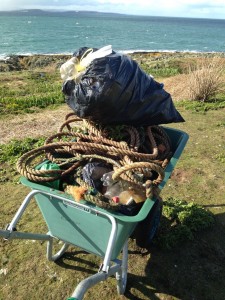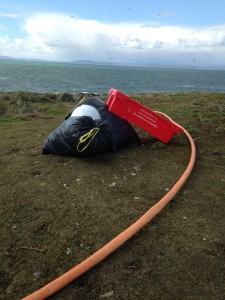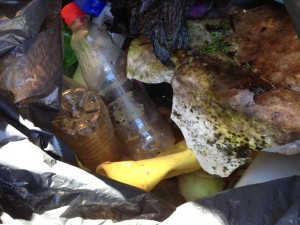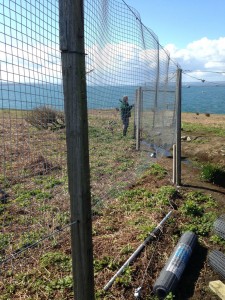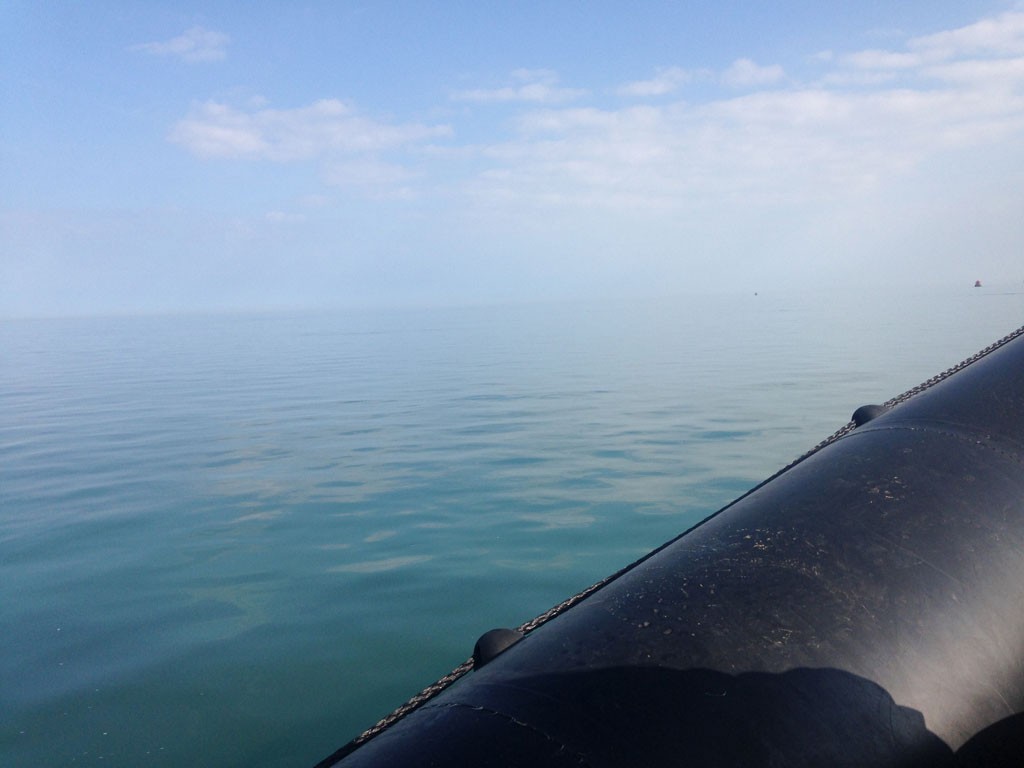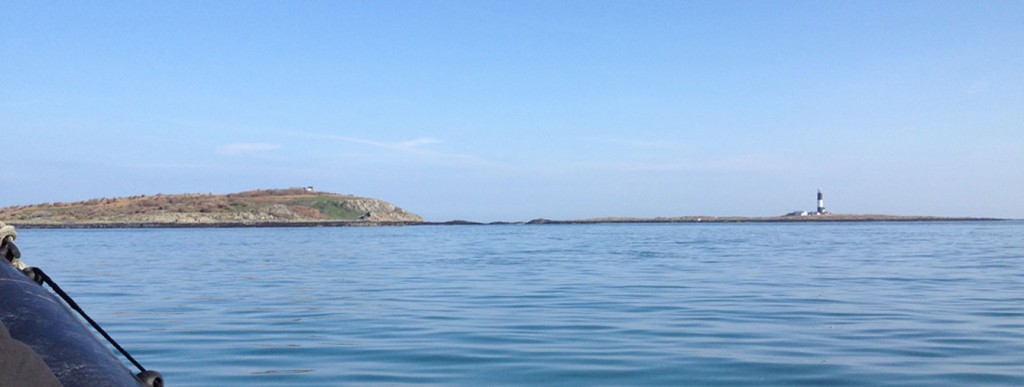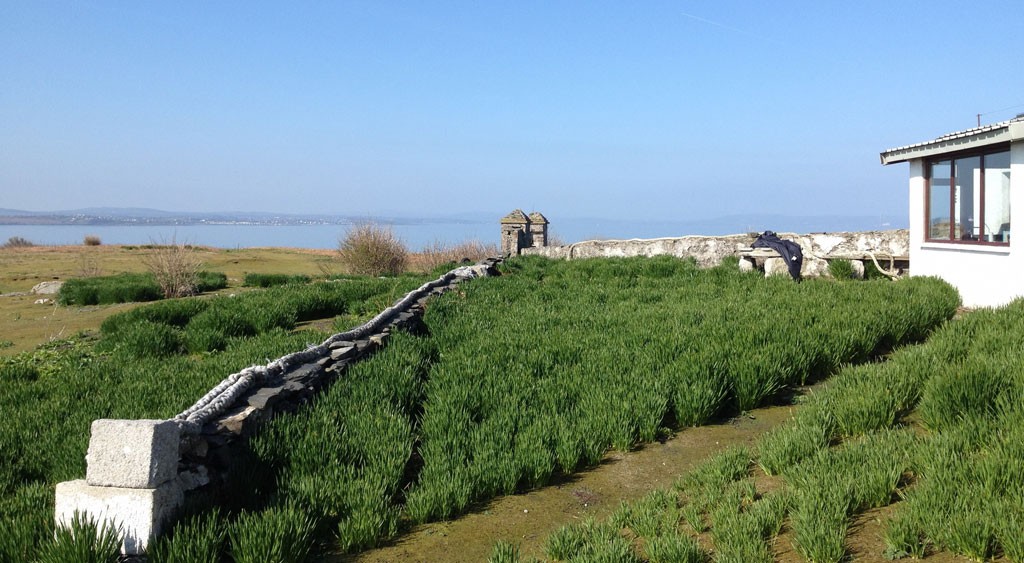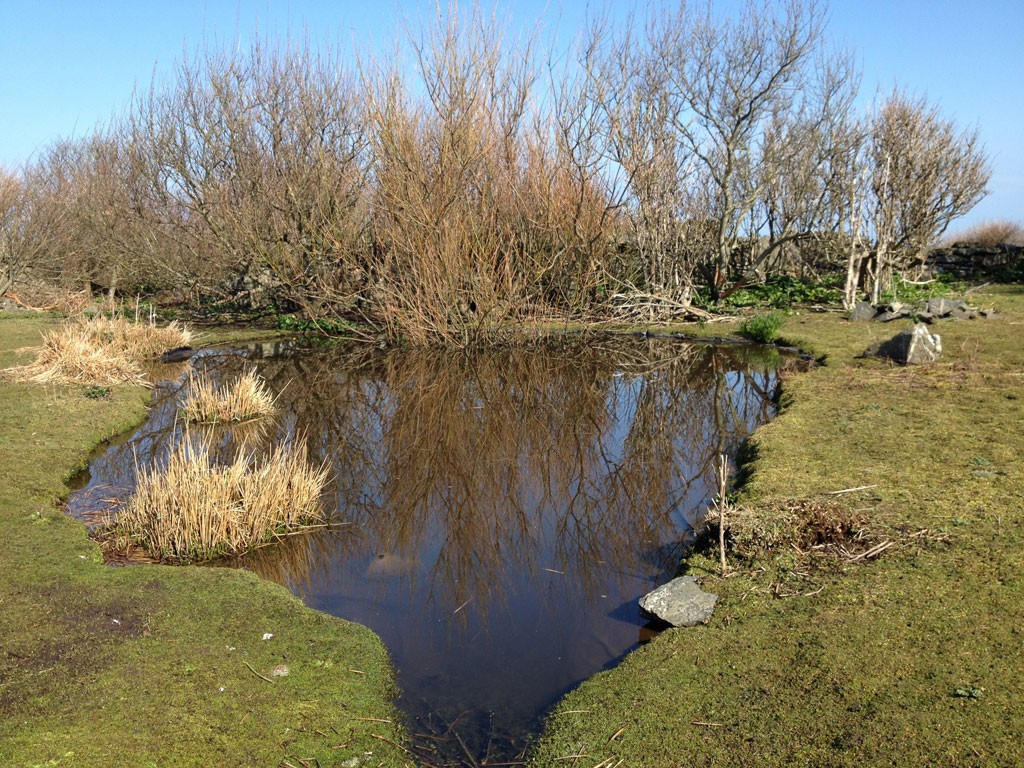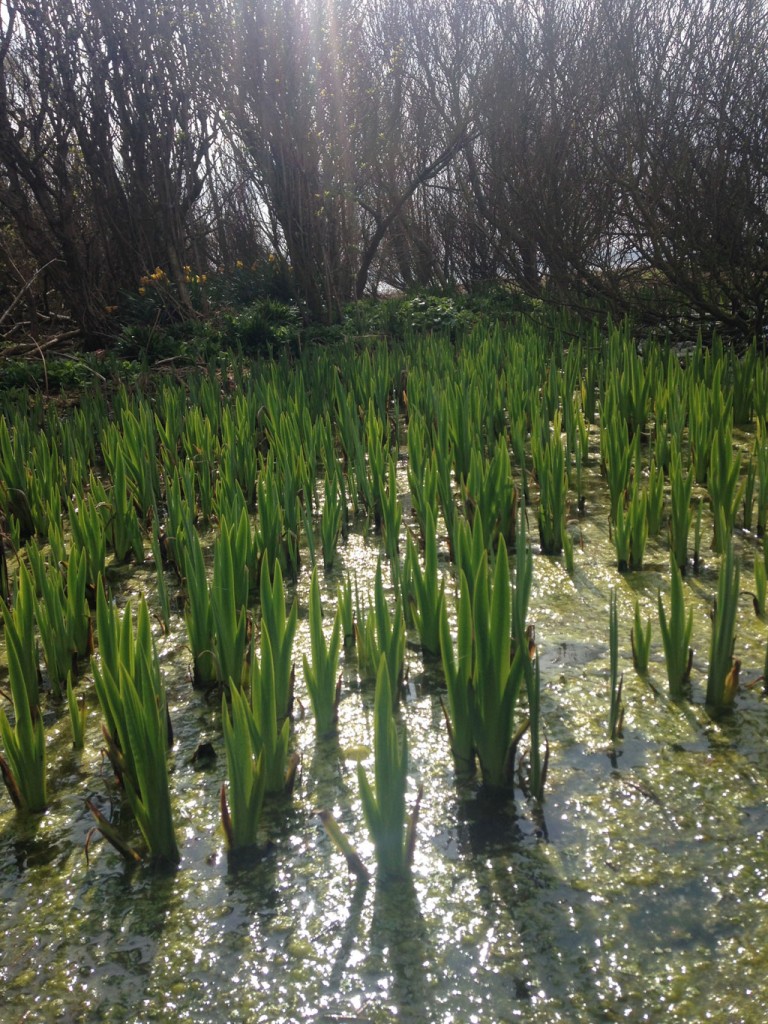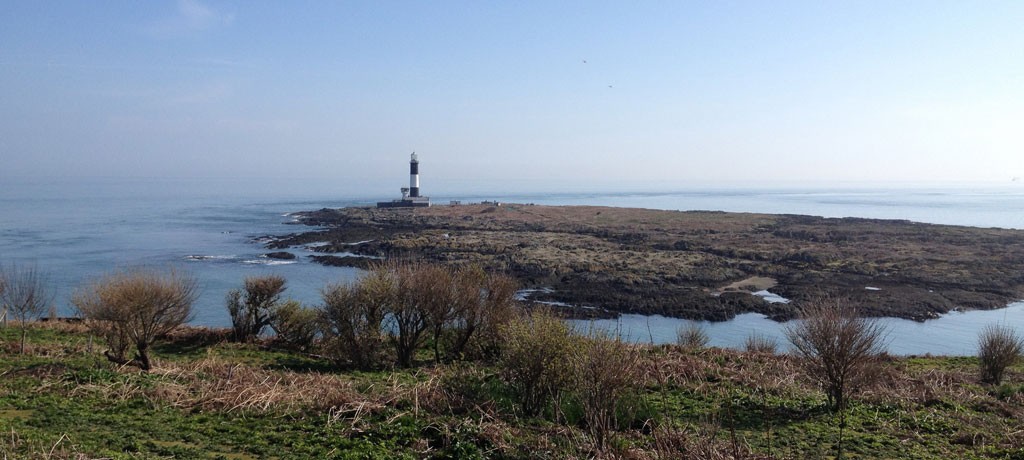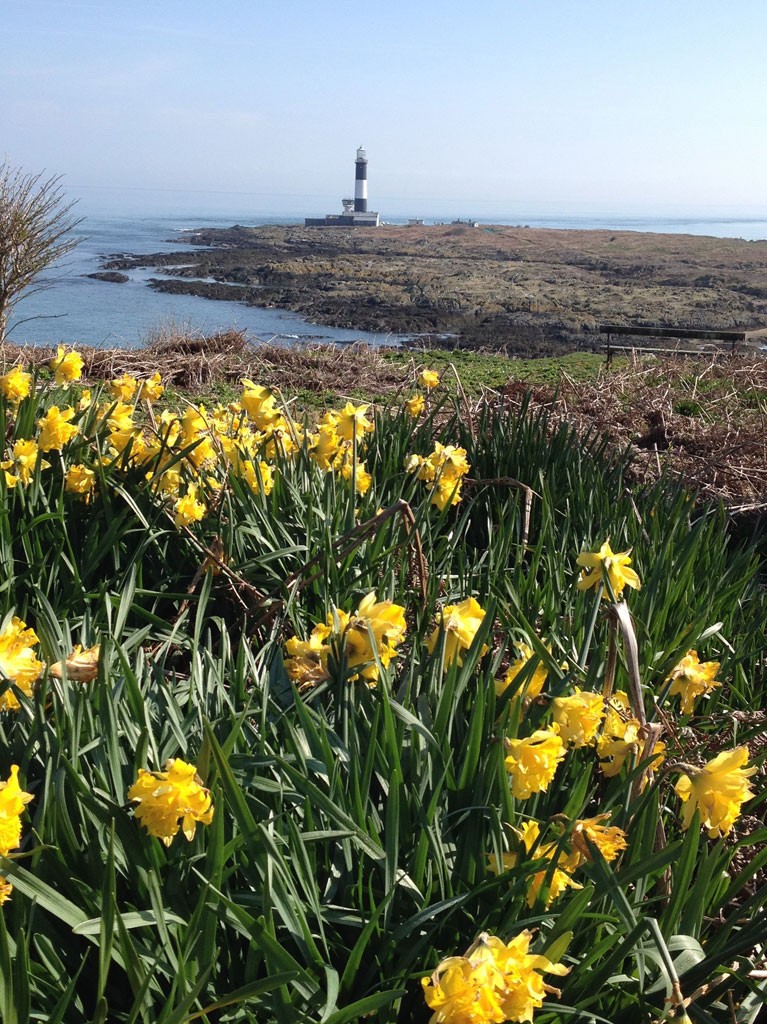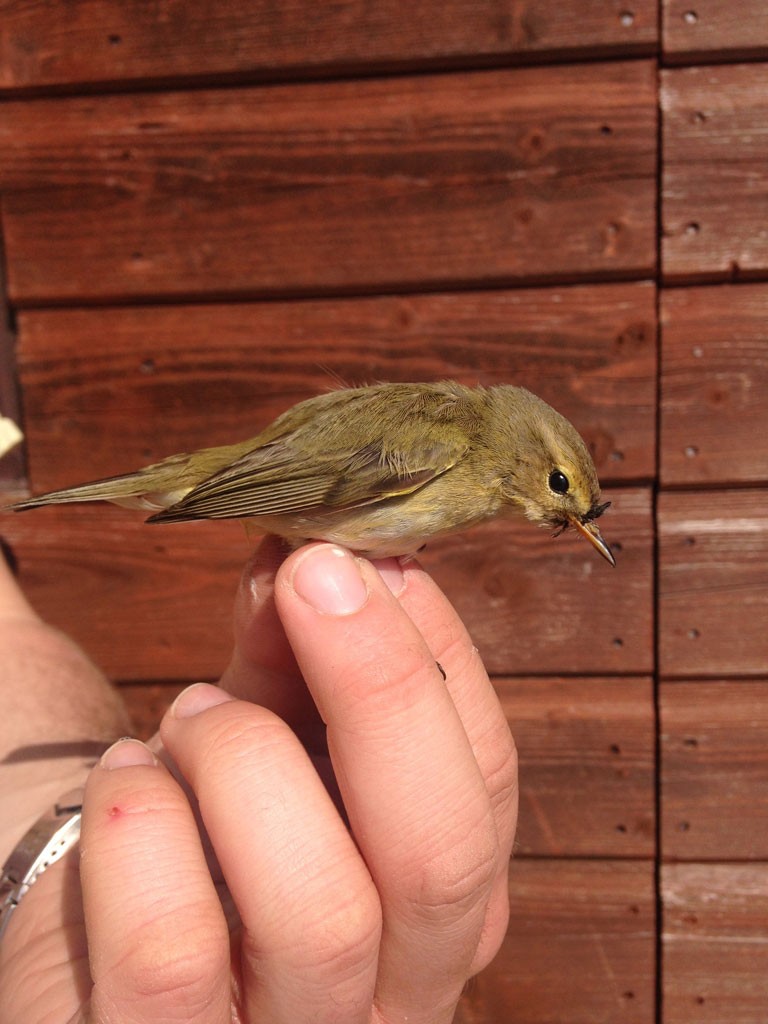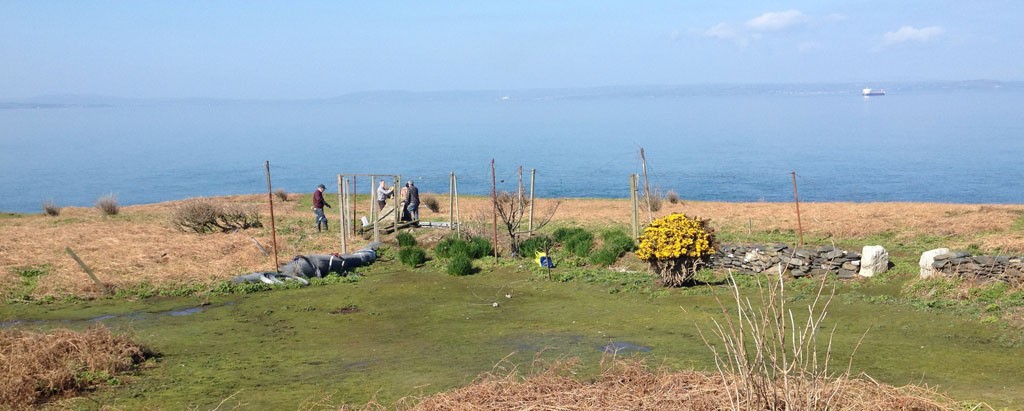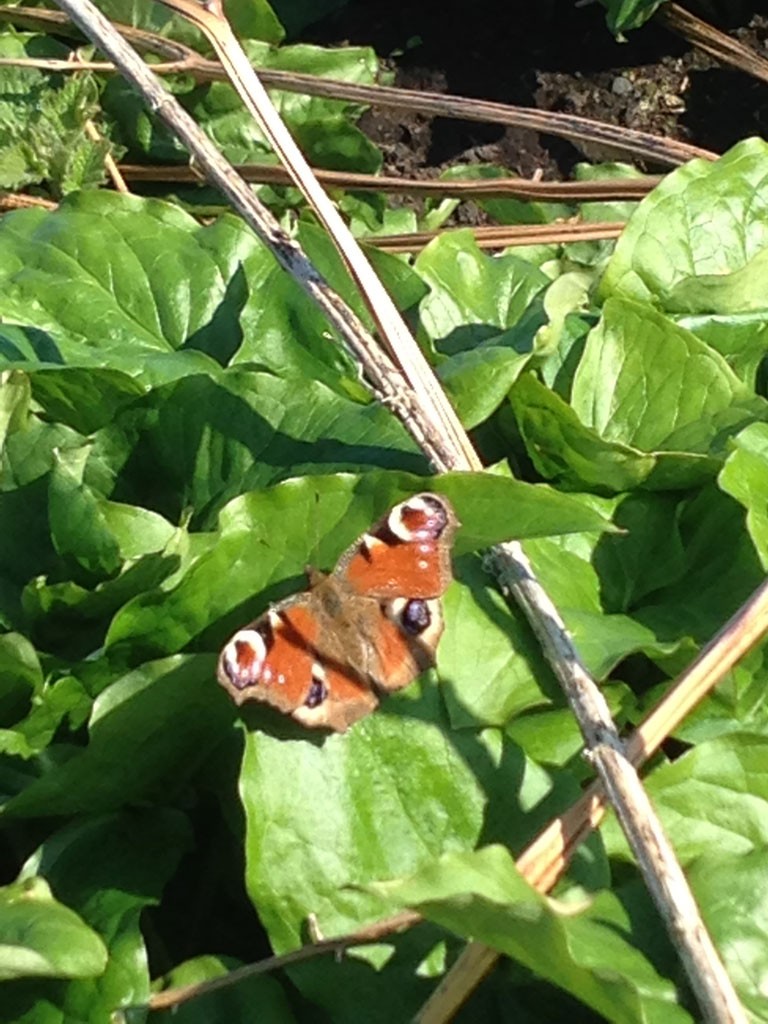CBO – First overnight Weekend Visit of 2015 (April 10th – 12th)
- Coastline clean-up removes 4 large bags of rubbish.
- Species list increases: Peregrine, Water Rail, Manx Shearwater, Fieldfare, Wheatear, and Jack Snipe added.
- Important work continues: mesh wire fitted to Gully Trap, and jetties spruced up for new season.
The CBO 2015 overnight manning season commenced on Friday 10th April when a small team departed a blustery Donaghadee onboard our Rigid-Hulled Inflatable, the Copeland Shearwater.
Unfortunately the deterioration in the weather conditions over the weekend restricted the passage of migrants through the island, and hence the ringing return was zero. The team, however, still completed very useful work making the jetties safe by removing the winter growth of green weed, and made significant steps in getting the Gully trap ready for catching.
Seventeen species were added to the bird list, including Grey Heron, Peregrine, Water Rail, Moorhen, Jack snipe and Wheatear.
Depressingly, a beach clean-up around the island on Saturday afternoon removed four large bin-bags full of waste, including hundreds of plastic bottles, a coil of discarded rope, 5 gallons of used engine oil and various large lengths of plastic pipe….. everything excluding the kitchen sink. (In fact it could be argued that we got the kitchen sink too in the form of a plastic basin!)
On a positive note, progress was made with the refit of the Gully Trap; wire mesh was fitted to one wall and all the support wires are now in place and fully tensioned.
This weekend illustrates how important overnight visitors are to maintaining CBO as a functioning observatory. There is always something to do.
If you are thinking of planning a weekend stay, contact our Bookings Secretary through our Visiting page.
Remember, your membership support is essential to us.

